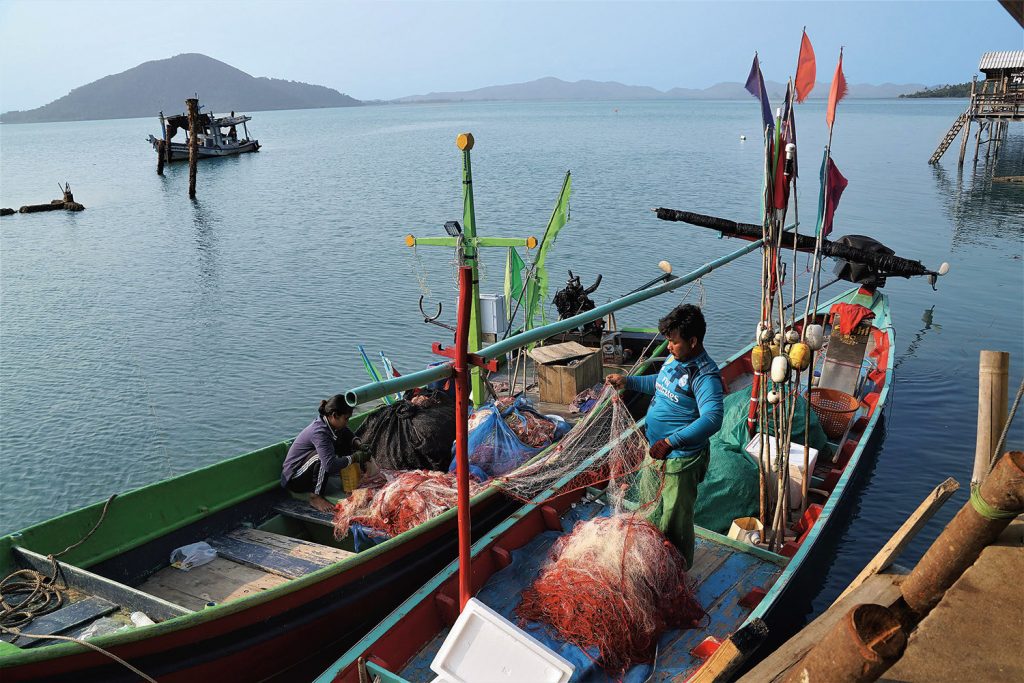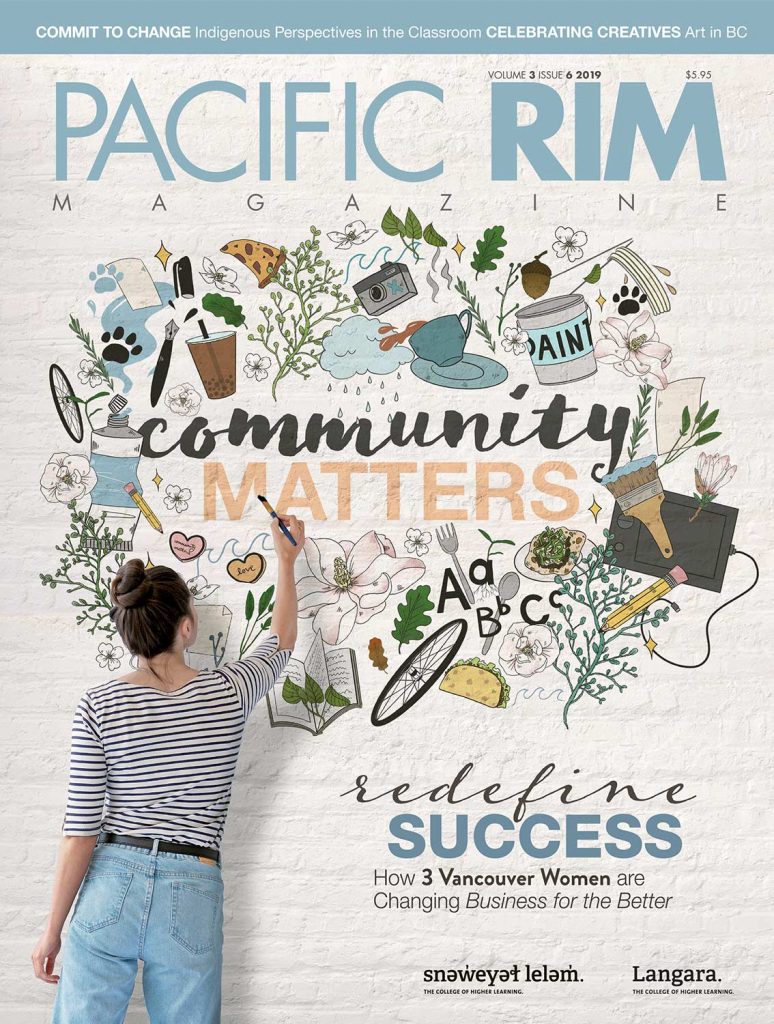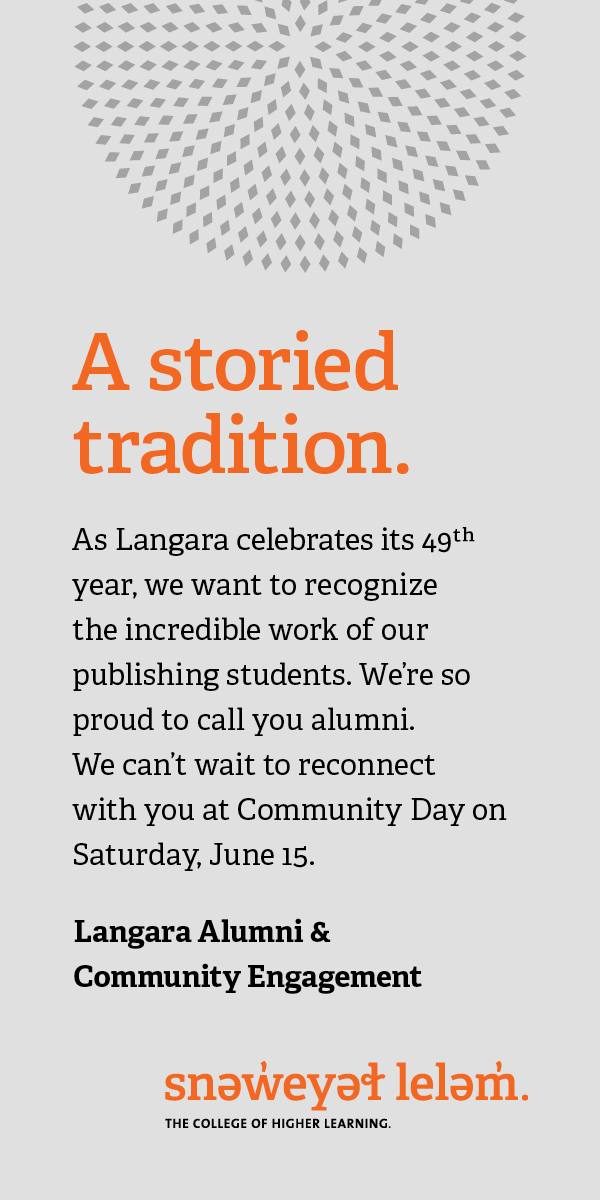For people like Charlie Marchant, a green-travel blogger based in the UK, travel is more than just a break from everyday routine. Marchant travels as a way to “learn about local cultures, support local communities, eat locally sourced food, and contribute to preserving the environment and protecting wildlife.”
Having grown up in an environmentally conscientious family, sustainable travel was an obvious choice for Marchant in adulthood. “I’ve always believed in taking care of the planet,” she says. “I grew up in a family who didn’t waste food and who walked and cycled instead of driving.”
For local communities, tourism can provide a means to economic gain; however, tourism’s benefits can be outweighed by its hidden costs. Dr. Tsung Hung Lee and Dr. Fen-Hauh Jan, researchers and experts on ecotourism, have found that that there is no guarantee of equitable distribution of tourism revenue. In Lee and Jan’s study, they describe how tourism can harm culture, economy, and the environment. Marchant echoes this in her blog, where she describes the cultural loss caused when fast-food chains and other international corporations enter communities. These large companies often benefit from the established tourism industry, driving local businesses out and taking money from the local economy.
Changing the Industry
Although tourism can negatively impact local communities, it does not need to. Community-based tourism (CBT) is one alternative model that aims to address the negative impacts of mass tourism.

According to a case study by Polladach Theerapappisit, mass tourism often operates from a top-down approach. Theerapappisit says this means that the planning and implementation of tourist activities is driven by governmental policies, agents, and legislation. These policy-makers typically do not take a grassroots approach: “destination communities are literally sold as part of the tourist product, and they are often expected to conform to the tourist’s image of the idealised community,” Theerapappisit says.
Comparatively, community-based tourism involves “engaging more with communities … trying to build capacity at the base level,” explains Dr. Philip Dearden, a geography professor at the University of Victoria. Dearden has worked with several communities in Thailand on CBT projects. CBT ensures that community members are the primary stakeholders and beneficiaries of the tourism programs. This can allow the community to become more self-reliant and resilient in terms of finance, natural resources, and culture.
Pansita Sasirawuth is a communications executive of Local Alike, a Southeast Asian online marketplace for CBT trips. She says “tourism has become more mutually beneficial—where tourists are given opportunities to experience real communities and ways of life, while communities directly benefit from tourists in terms of income [and] capacity building.” Community members offer accommodation, act as tour guides for visitors, and allow visitors to participate in local activities.
CBT in Thailand
An example of a successful CBT model is the Koh Pitak community in Thailand, described by Dearden in the chapter he co-wrote in Governing the Coastal Commons. A collaborative decision-making process between community members was led by the community’s Headman. He had a vision for a local tourism industry that the community could support and that would benefit the community in return. They initiated a popular fishery and giant clam conservation tourism group, and the success of this program helped repay debts accrued during a fishing shortage in the 1980s-90s.
According to Dearden, for CBT to be successful, the carrying capacity of the community would be assessed first. Carrying capacity refers to a community’s limits or the relative costs it can withstand; it is a measure of the number of tourists they can have, while still maintaining a good tourism experience and a healthy community. Dearden explains three components of carrying capacity: social, physical, and environmental. Social carrying capacity is how tourism impacts the community, its culture, and way of life; physical capacity refers to the number of people that can physically fit into the community; and environmental capacity considers the natural resources used, as well as waste and sewage management and disposal. Once a community’s carrying capacity is measured, Dearden says, recommendations are made on how the community can set their limits.
If a community’s limits are respected, their cultural identity and environment are preserved. A common characteristic of successful CBT projects is “a great deal of heterogeneity,” Dearden says, which means “they’re not all the same.”
Sasirawuth says that “tourism should contribute to maintaining [local] culture.” Marchant aims to do just that. “We can all have an impact on the lives of others, their culture, wildlife, and the environment,” she says, “and we can choose whether to make that impact a positive or a negative one.”
Community-based tourism ensures that travel experiences abroad can enrich both travellers and the communities they visit. Community-based tourism’s principles of resilience, empowerment, and sustainability bring a fresh take on tourism and serve as a reminder of how connected we are to each other.











